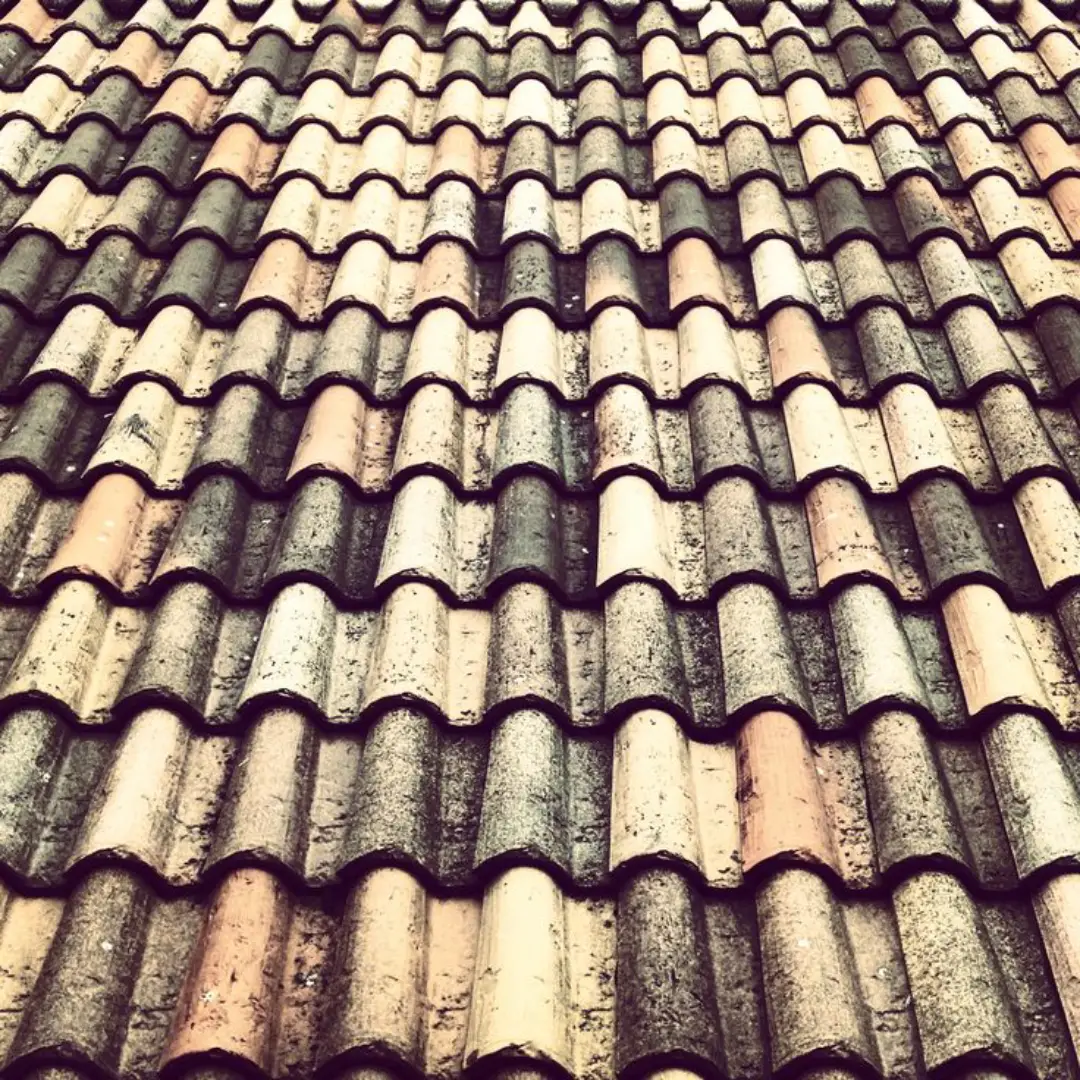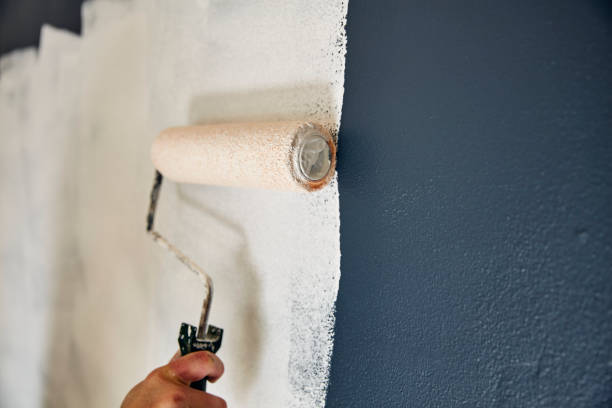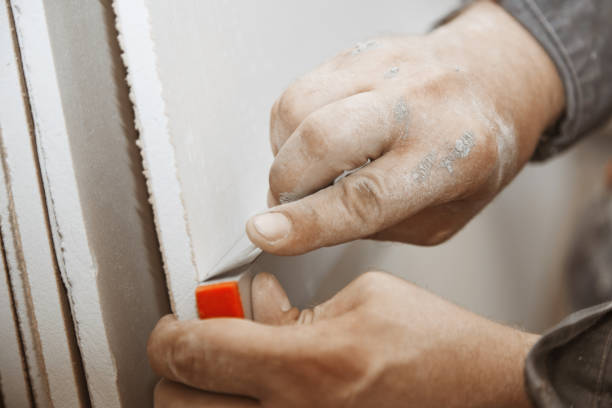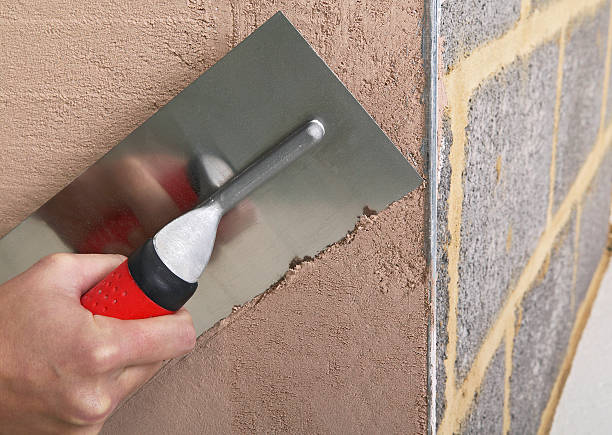Factors Influencing the Longevity of Your Roof: A Comprehensive Guide

Your roof is one of the most critical components of your home, providing protection from the elements and maintaining the structural integrity of your house. The lifespan of your roof depends on various factors, ranging from the type of roofing material to climate conditions and proper maintenance. In this guide, we will explore the key factors that determine how long a new roof should last and offer valuable insights to help you make informed decisions about roof replacement.
Roofing Material: The type of roofing material you choose plays a significant role in determining the lifespan of your roof. Here’s a breakdown of some common roofing materials:
- Asphalt Shingles: Typically last 15-25 years. Higher quality and thicker shingles may extend the lifespan.
- Metal Roofs: Can last 30-50+ years or more, depending on the material used (e.g., steel, aluminum, copper).
- Tile Roofs: Often last 30-50+ years, with proper care.
- Quality and Thickness: The quality and thickness of the chosen material impact its durability and longevity.
Climate and Weather: The climate and weather conditions in your area greatly affect your roof’s lifespan. Consider these factors:
- Extreme Weather: Regions with extreme weather conditions, such as heavy rain, strong winds, or hail, may require more frequent roof replacements.
- Sun Exposure: Excessive sun exposure can lead to premature deterioration of roofing materials.
- Temperature Fluctuations: Frequent temperature fluctuations can cause shingles to expand and contract, leading to damage over time.
Roof Slope: The slope or pitch of your roof can influence its longevity:
- Steeper Slopes: Roofs with steeper slopes tend to last longer because they are better at shedding water and handling adverse weather conditions.
- Low-Sloped Roofs: Roofs with low slopes are more prone to standing water and weather damage, potentially reducing their lifespan.
Proper Installation: The quality of roof installation is crucial for ensuring a long lifespan:
- Follow Manufacturer’s Guidelines: Proper installation according to manufacturer’s guidelines and building codes is essential.
- Poor Installation: Improper installation can lead to premature roof failure, so always hire qualified professionals.
Regular Maintenance: Routine maintenance can significantly extend your roof’s lifespan:
- Cleaning Gutters: Keeping gutters free of debris prevents water backup and potential roof damage.
- Shingle Inspection: Regularly check for damaged or missing shingles and replace them promptly.
- Flashing Repairs: Address any issues with roof flashing to prevent leaks.
Ventilation: A well-ventilated attic is crucial for the health of your roof:
- Temperature Regulation: Proper attic ventilation helps regulate temperature and moisture, reducing the risk of premature wear.
Activity Level: The amount of foot traffic on your roof can impact its longevity:
- High Foot Traffic: Roofs on homes with higher foot traffic may wear out faster than those accessed less frequently.
Conclusion:
In conclusion, understanding the factors that influence the longevity of your roof is essential for making informed decisions about its maintenance and replacement. While asphalt shingles typically last 15-25 years, other materials like metal and tile roofs can endure for 30-50+ years or more. Proper installation, regular maintenance, and attention to climate conditions all contribute to a longer-lasting roof. By considering these factors, you can ensure that your roof continues to protect your home for years to come.





